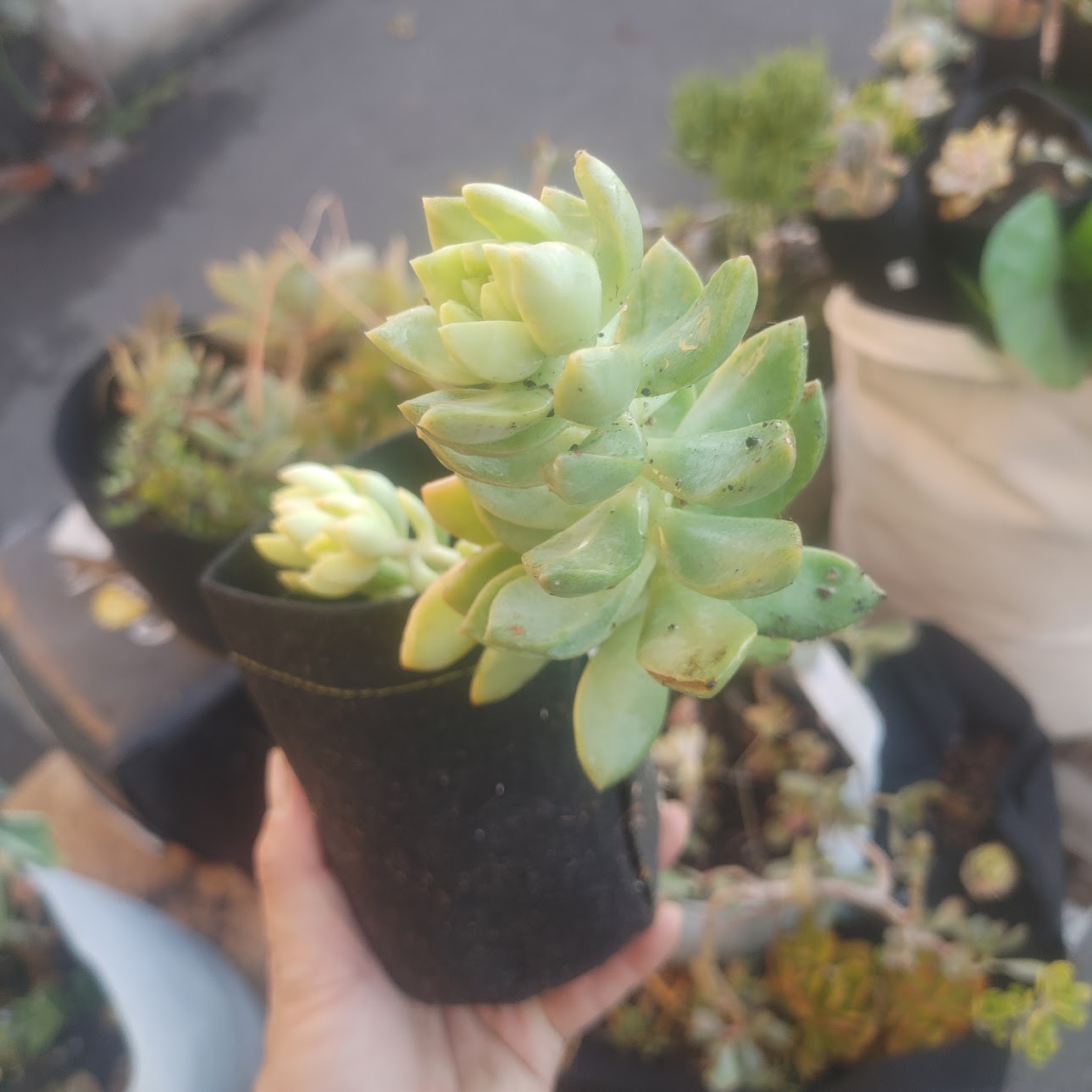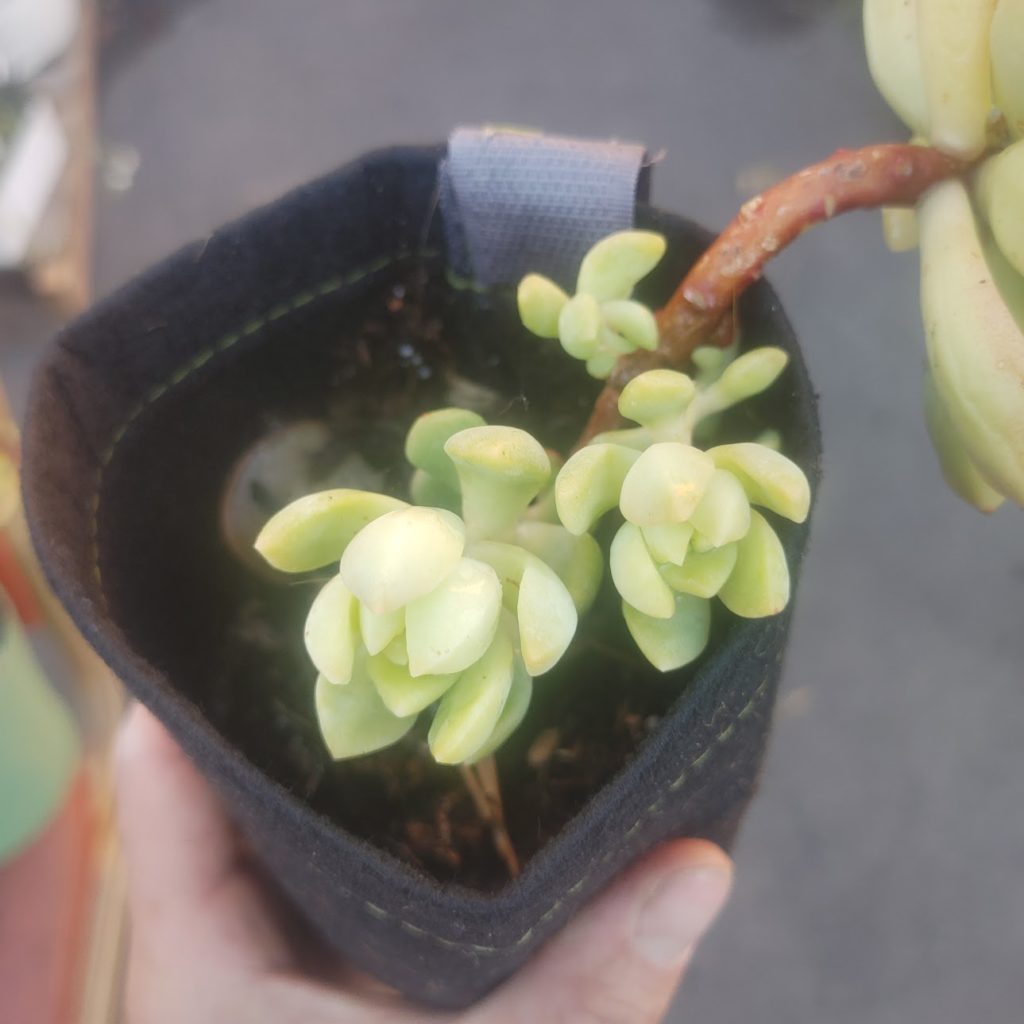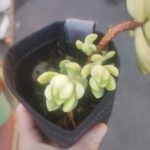In recent years, gardeners and plant enthusiasts have been embracing a revolutionary solution for healthier and more productive plants: fabric pot transplanter pots with Velcro closure. These innovative grow bags offer numerous advantages over traditional pots, allowing plants to thrive and flourish. In this blog, we will delve into the world of fabric pot transplanter pots, exploring their benefits, functionality, and why they have become a popular choice for gardening enthusiasts worldwide.

- Enhanced Transplanting Ease: One of the standout features of fabric pot transplanter pots is the convenient Velcro closure. Traditional pots often require plants to be forcibly removed during transplanting, causing unnecessary stress and damage to delicate roots. With the Velcro closure system, plants can be effortlessly transplanted without disturbing their roots. This feature ensures a smoother transition for your plants, minimizing transplant shock and maximizing their chances of healthy growth.
- Optimal Root Health and Growth: The breathable fabric material of grow bags allows for optimal root health and growth. Unlike traditional pots made of plastic or clay, fabric pots provide excellent aeration, allowing roots to breathe and grow freely. This enhanced airflow encourages robust root development, leading to healthier, more vigorous plants. The fabric also prevents root circling, which can hamper growth and restrict nutrient absorption. With fabric pot transplanter pots, plants can establish a well-structured root system, enhancing their overall vitality and longevity.
- Improved Drainage and Moisture Control: Effective drainage is essential for plant health, and fabric pots excel in this area. The breathable fabric material ensures excess water can easily escape, preventing waterlogged soil and the risk of root rot. Proper drainage also prevents nutrient imbalances and salt buildup in the soil, allowing plants to access nutrients more efficiently. Additionally, fabric pots provide better moisture control by allowing excess moisture to evaporate through the sides. This feature helps prevent overwatering and ensures plants receive the right amount of moisture for optimal growth.
- Temperature Regulation: Fabric pot transplanter pots offer natural temperature regulation, providing an ideal environment for plants throughout the year. The breathable fabric acts as an insulator, keeping the roots cooler during hot summer months and providing some protection against freezing temperatures in winter. This temperature stability helps plants maintain optimal metabolic activity, contributing to healthier and more resilient growth.
- Eco-Friendly and Sustainable: When choosing fabric pot transplanter pots, you're not only benefiting your plants but also the environment. Many fabric pots are made from eco-friendly materials, reducing the use of plastic and promoting sustainability. Additionally, fabric pots are often reusable, making them a cost-effective and environmentally conscious choice for avid gardeners.
- Versatility and Space Efficiency: Fabric pot transplanter pots are available in various sizes and shapes, making them suitable for a wide range of plants. From compact herbs to sprawling vegetable gardens, fabric pots can accommodate plants of all sizes. Their space-efficient design allows for dense planting, maximizing your gardening potential in limited areas such as balconies, patios, or small gardens.

Conclusion: Fabric pot transplanter pots with Velcro closure have revolutionized the way we approach plant cultivation. With their easy transplanting capabilities, enhanced root health, improved drainage, temperature regulation, and eco-friendly features, these grow bags have become a go-to choice for both amateur and experienced gardeners. By embracing fabric pots, you can create an optimal environment for your plants, leading to healthier growth, increased yields, and a more enjoyable gardening experience. So, why wait? Unleash the power of fabric pot transplanter pots and watch your garden thrive like never before!

